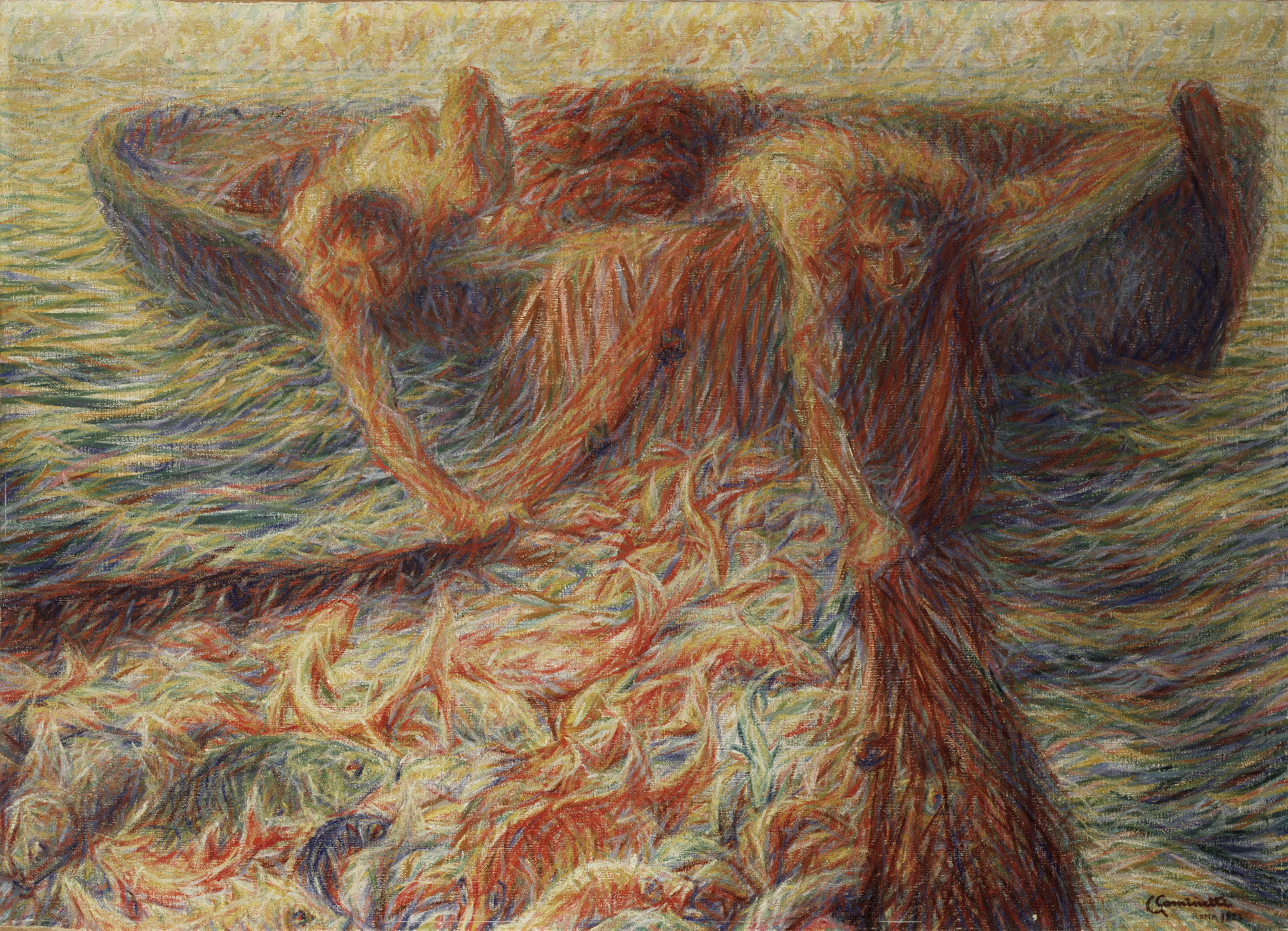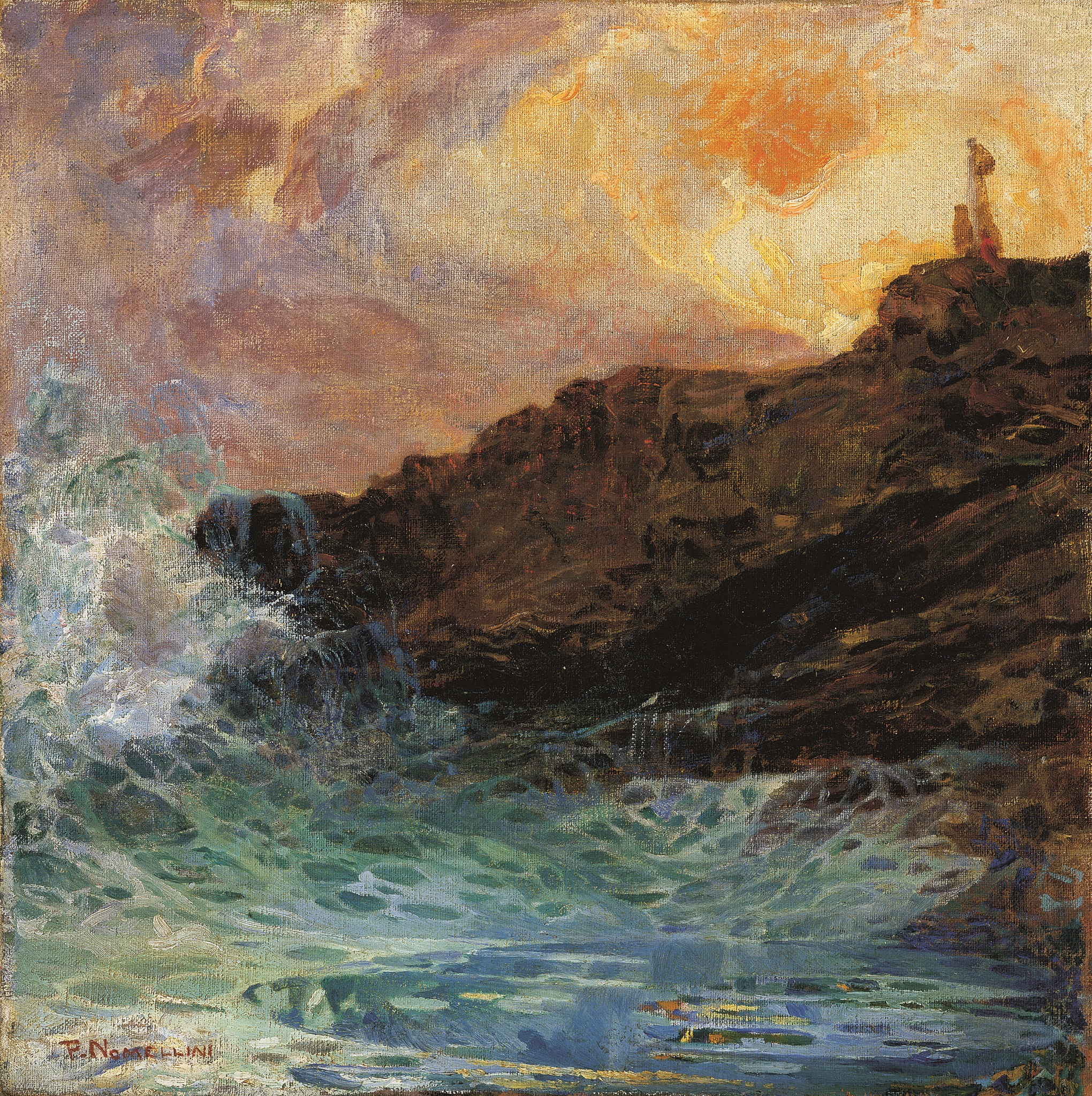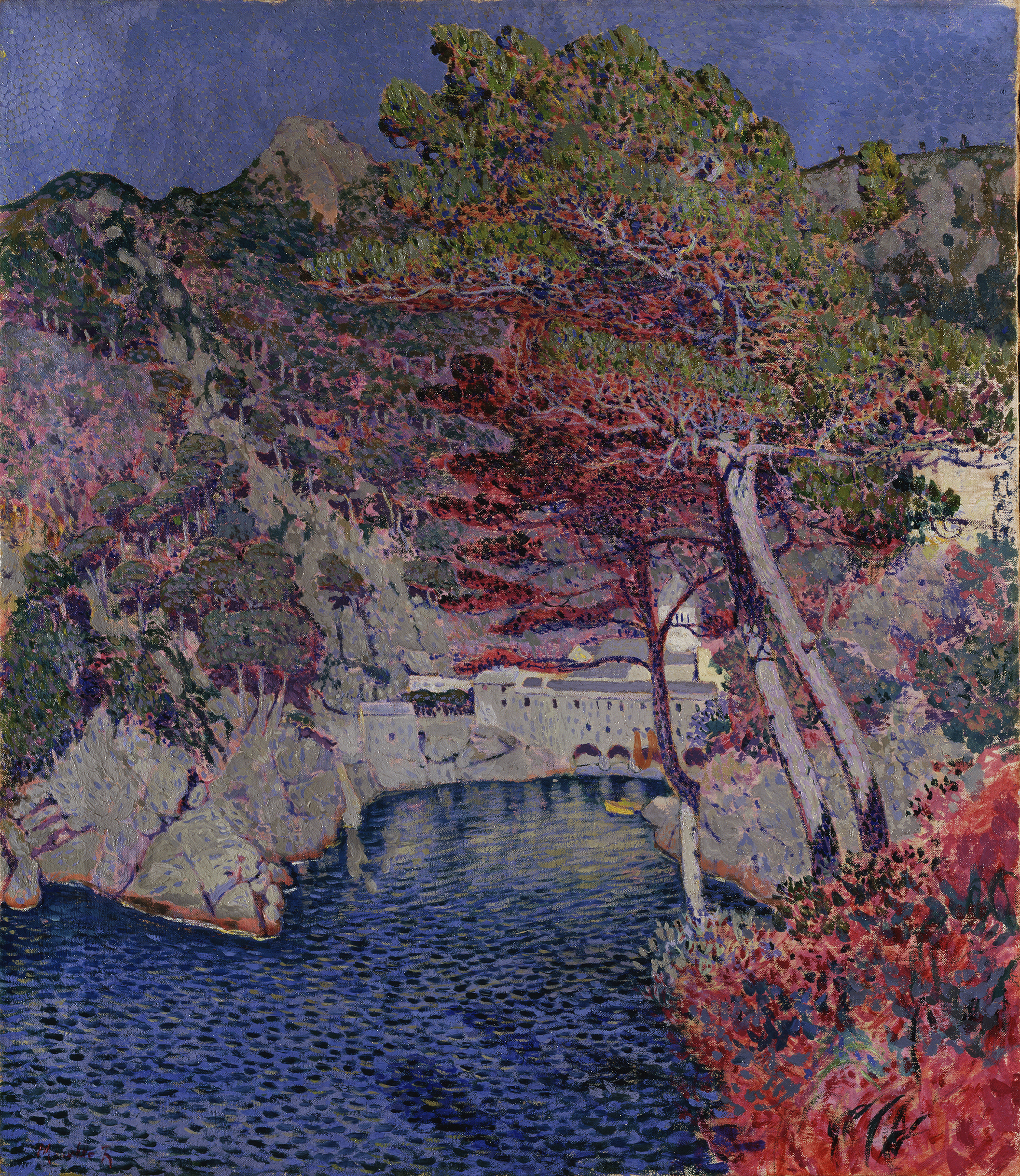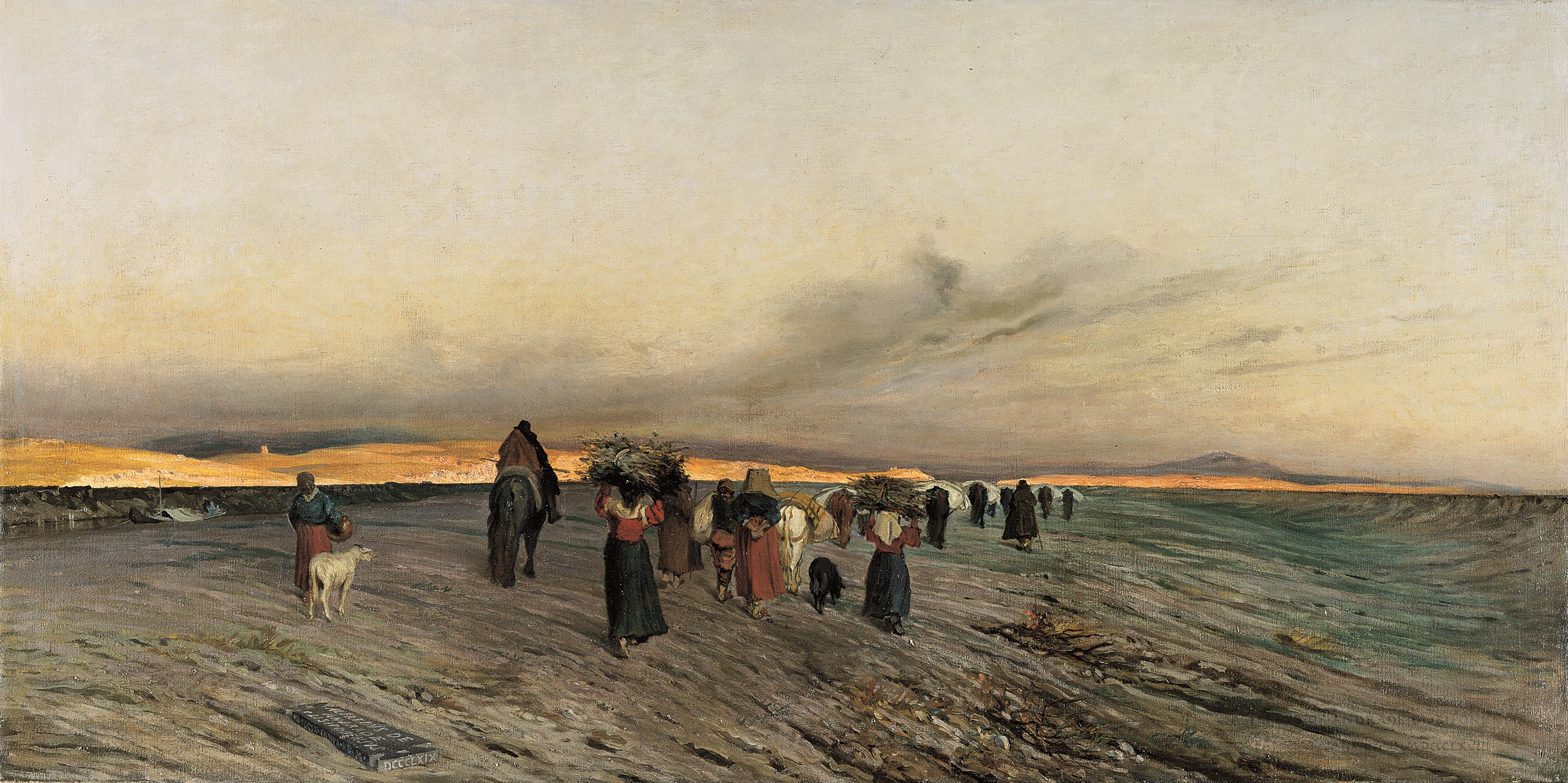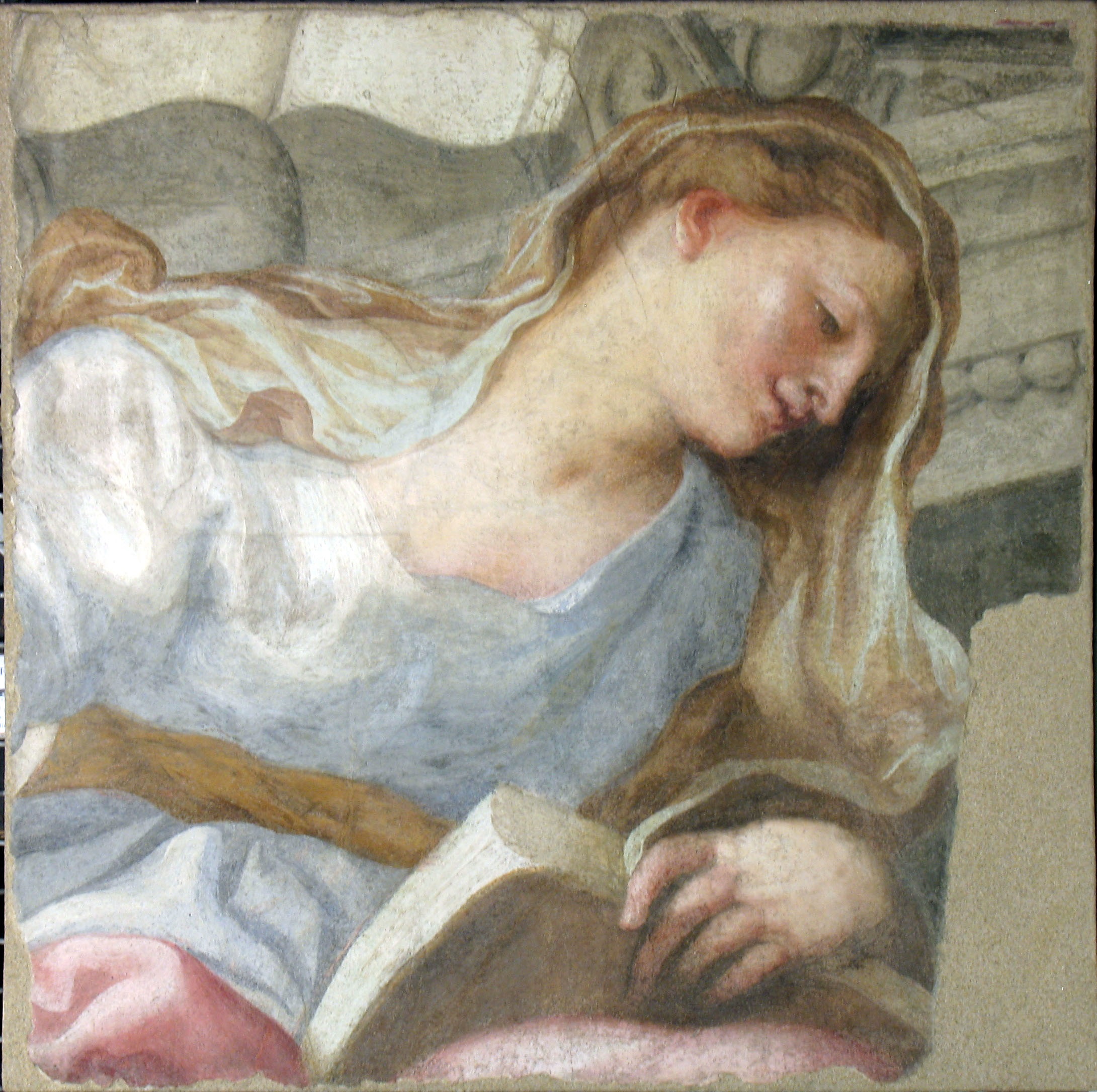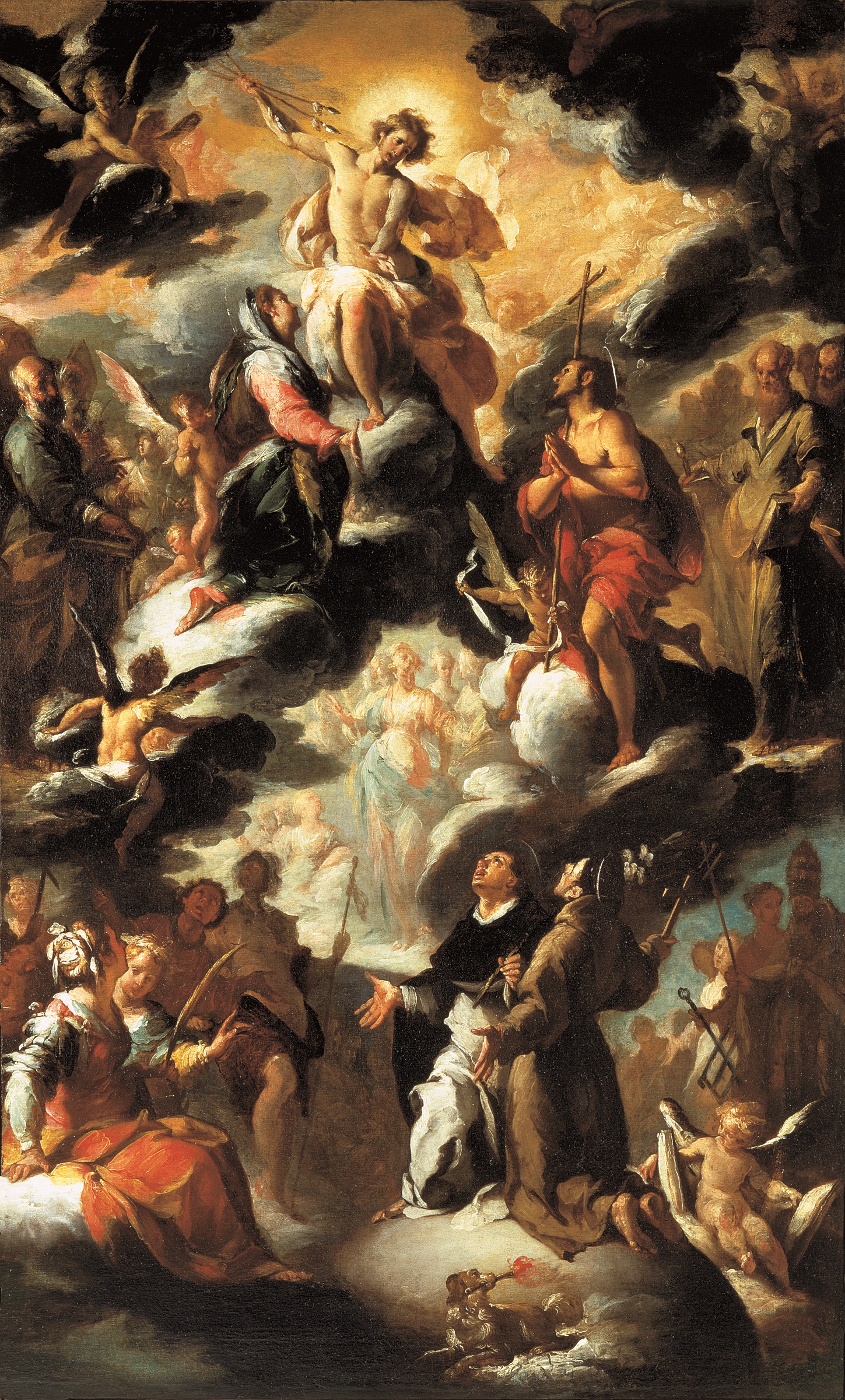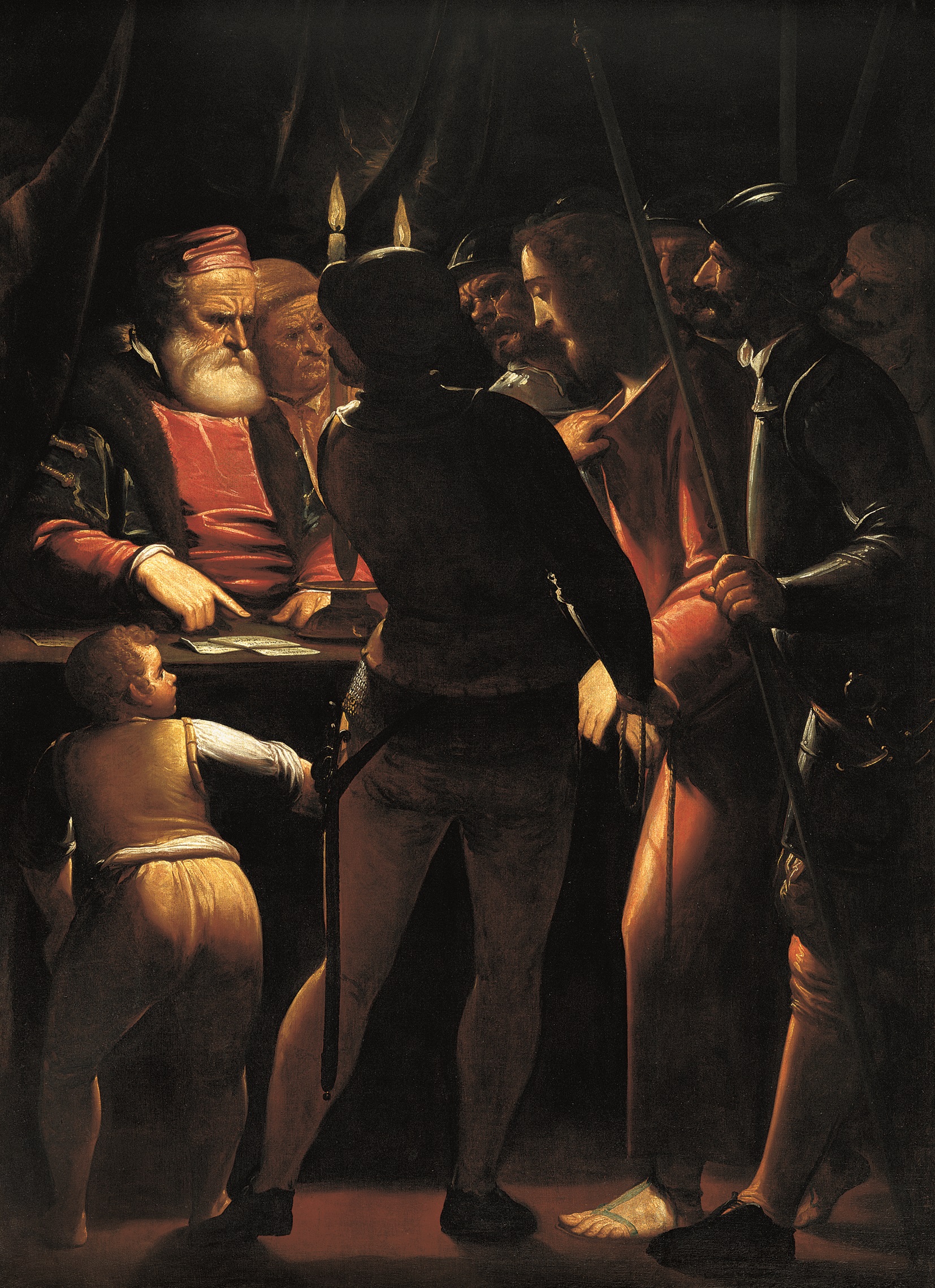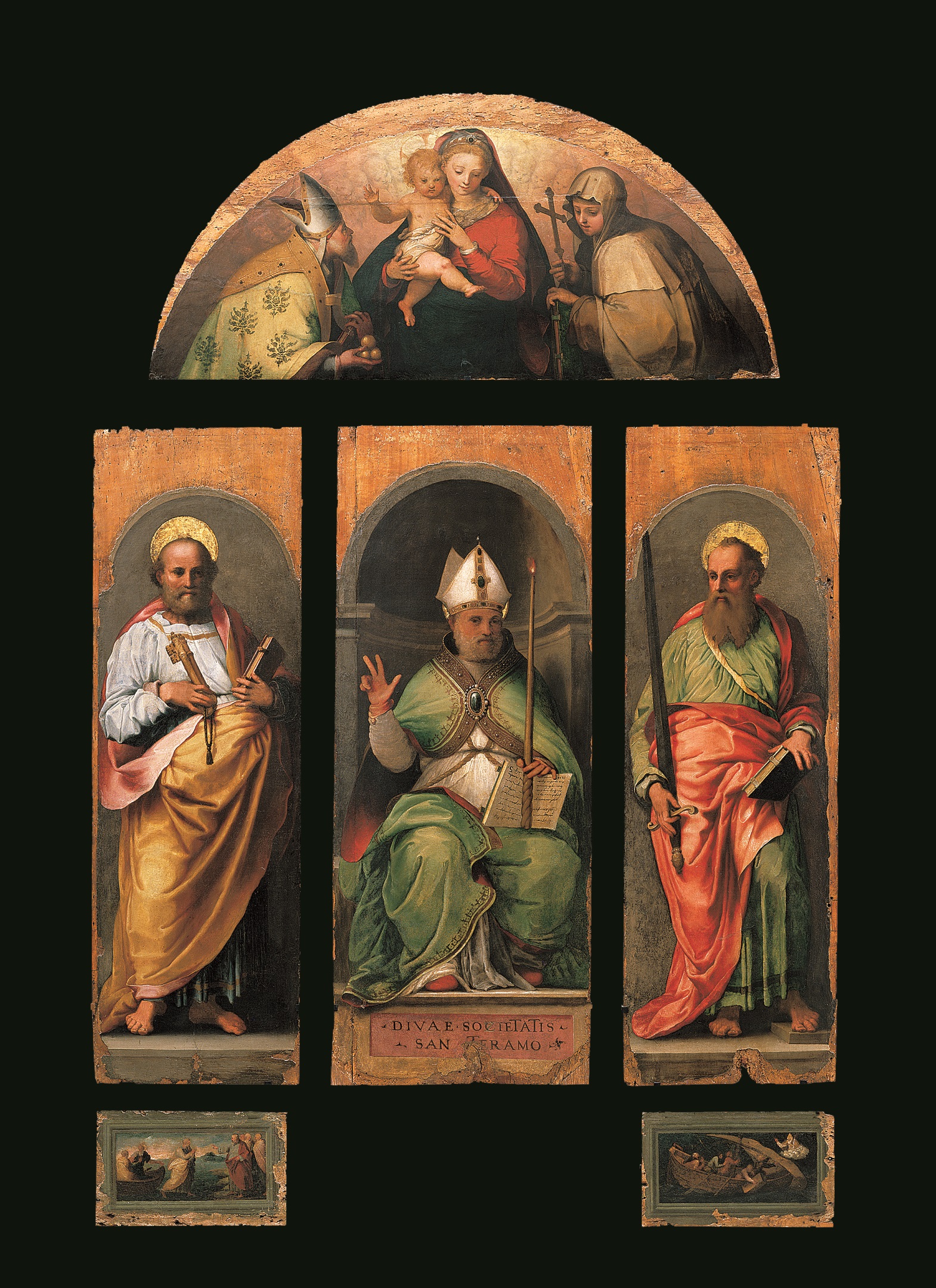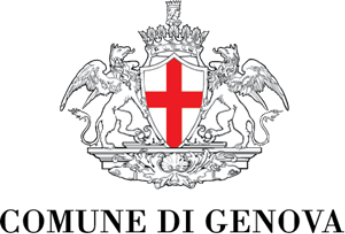Since the end of the 19th century, Nativity scenes set up by the Capuchin fathers have regularly featured in Genoese guides and news, a sign of the monks’ special connection with this tradition.
Over the years, the Capuchin Culturale Heritage Museum stores have gathered numerous nativity figurines from various Capuchin convents throughout the region. Over ten years ago a programme for the recovery and restoration of these prized artefacts was begun, with one of the most outstanding examples being the group of clothed mannequins from the Capuchin convent of Sarzana.
Of great artistic value is the majestic procession of the Magi attributed to the workshop of Anton Maria Maragliano (Genoa, 1664 - 1739). The celebrated sculptor, who is not recorded with any certainty as having made clothed mannequins, would make use of his pupils for their production, providing models as basis for their creation, while reserving for himself the production of processional statues and sculptures or much larger wooden groups.
The figurines by Pasquale Navone (Genoa, 1746 - 1791), one of the most illustrious followers of Maragliano’s work, are of particular value: his shepherds, peasants and commoners are recognisable due to their greater size compared to the other statues in the group, as well as the details and refinement of their features and skin tones.
The figure of the beggar, typical of Genoese Nativity scenes, deserves a special mention, standing out as it does in striking contrast to the splendour of the magnificent procession of the Magi. The figure is dressed in denim, the fabric used for jeans, whose etymology derives from the word Gênes: Genoa. The famous American fabric is none other than a direct descendent of the "bleu de Gênes", the cotton cloth produced and dyed in Genoa and used for the cargo of the ships setting sail for the New World.
